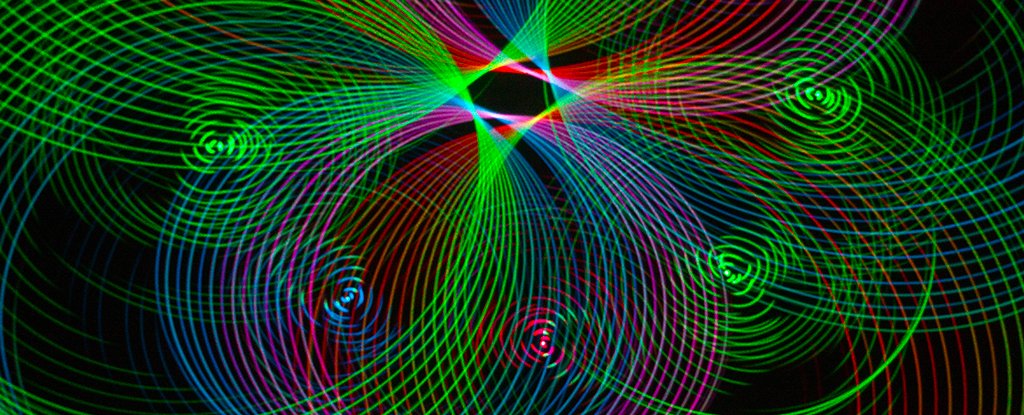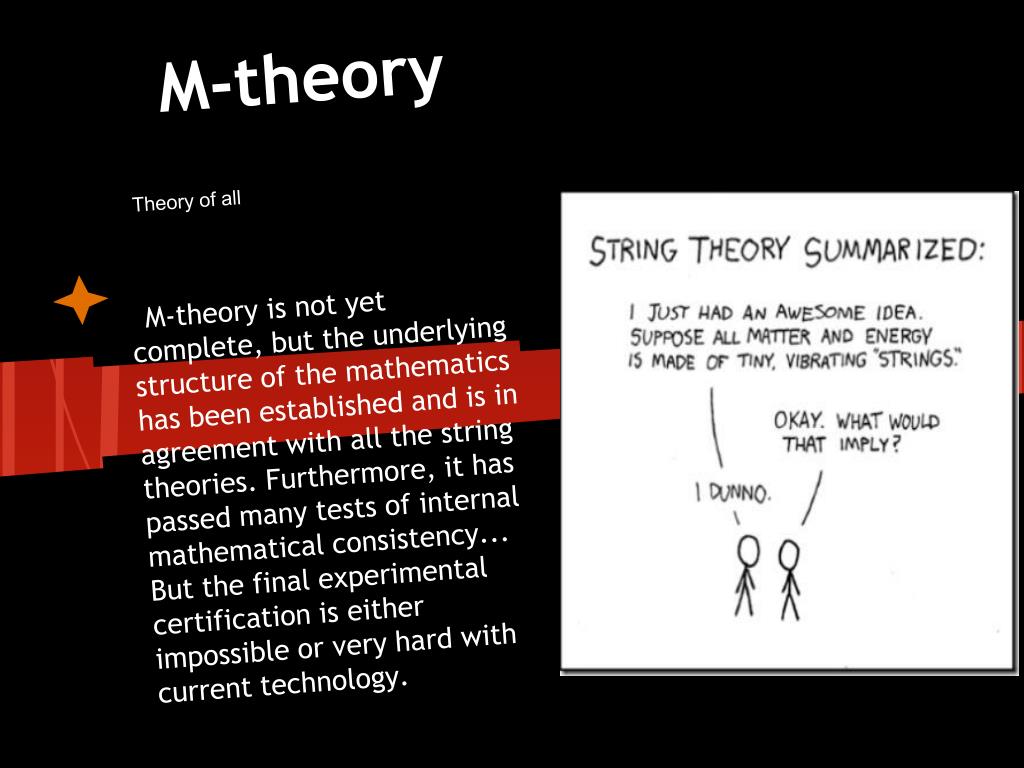

We were proposing a quantum theory of gravity, but in that era physicists who worked on quantum theory weren't interested in gravity, and physicists who worked on gravity weren't interested in quantum theory. We were generally respected and never had a problem getting our papers published, but there wasn't much interest in the idea. Surprisingly, the community didn't respond very much to our papers and lectures. Unfortunately, he died six years later. He made several important discoveries during those six years, including a supergravity theory in 11 dimensions. Once we realized this, I knew what I would be doing for the rest of my career. It wasn't something we were especially interested in but we realized that this theory, which was having trouble describing the strong nuclear force, gives rise to gravity. And it turned out it was good for gravity. Instead of insisting on constructing a theory of the strong nuclear force, we took this beautiful theory and asked what it was good for. Because of that discovery, this version of string theory is called superstring theory.Ī pivotal change happened after work I did with another French physicist, Joël Scherk, whom Gell-Mann and I had brought to Caltech as a visitor in 1974. During that period, we realized that many of the problems we were having with string theory could be turned into advantages if we changed the purpose. And not only did it include fermions but it led to the discovery of a new kind of symmetry that relates bosons and fermions, which is called supersymmetry. The one I developed with Neveu included fermions. There are two kinds of fundamental particles called bosons and fermions, and the Veneziano theory only described bosons. Neveu and I introduced a second string theory. The initial Veneziano version had many problems. He took an interest in studies I had done with a French physicist, André Neveu, when we were at Princeton. Gell-Mann is the one who brought me to Caltech and was very supportive of my work. How did Gell-Mann become interested in your work? The field shrank down to just a handful of people in the course of a year or two.

Almost everyone was convinced QCD was the right way to go and stopped working on string theory. But then everything changed when quantum chromodynamics, or QCD-which was developed by Caltech's Murray Gell-Mann and others-became the favored theory of the strong nuclear force. In the early '70s, there were several hundred people worldwide working on string theory. This formula was kind of pulled out of the blue, and ultimately Veneziano and others realized, within a couple years, that it was actually describing a quantum theory of a string-a one-dimensional extended object. He discovered a mathematical formula that had many of the properties that people were trying to incorporate in a fundamental theory of the strong nuclear force. The first study often regarded as the beginning of string theory came from an Italian physicist named Gabriele Veneziano in 1968. What are the earliest origins of string theory?

We sat down with Schwarz to discuss the history and evolution of string theory and how the theory itself might have moved past strings. One of the many states of a string is thought to correspond to the particle that carries the gravitational force, the graviton, thereby linking the two pillars of fundamental physics-quantum mechanics and the general theory of relativity, which includes gravity. Their studies in the 1970s and 1980s would dramatically shift the evolution of the theory and, in 1984, usher in what's known as the first superstring revolution.Įssentially, string theory postulates that our universe is made up, at its most fundamental level, of infinitesimal tiny vibrating strings and contains 10 dimensions-three for space, one for time, and six other spatial dimensions curled up in such a way that we don't perceive them in everyday life or even with the most sensitive experimental searches to date. He moved to Caltech in 1972, where he continued his research with various collaborators from other universities. Schwarz, the Harold Brown Professor of Theoretical Physics, Emeritus, began working on the problem in 1971, while a junior faculty member at Princeton University. The decades-long quest for a theory that would unify all the known forces-from the microscopic quantum realm to the macroscopic world where gravity dominates-has had many twists and turns. The current leading theory, known as superstring theory and more informally as string theory, grew out of an approach to theoretical particle physics, called S-matrix theory, which was popular in the 1960s.


 0 kommentar(er)
0 kommentar(er)
